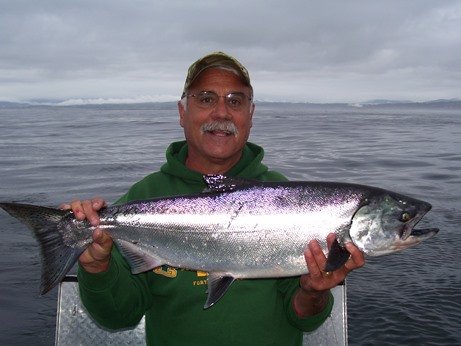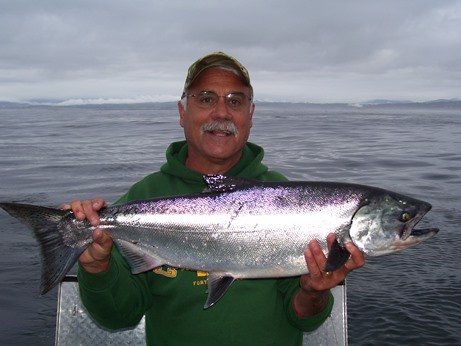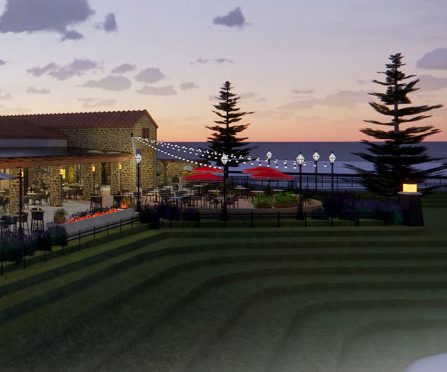There’s a severe drought emergency in California .
The state says we need to cut back at least 15 percent on our use to get through this year.
A fourth year — and even a fifth and beyond — consecutive year of drought that is highly likely based on historic hydrology will force significantly deeper cuts in water use.
On June 10 — just 10 days from now — the state has ordered the irrigating of all non-essential turf using potable water to cease. Unless it is used for recreation or in the front yard of a home turf is going to die.
The state’s drought emergency survival plan lists even deeper cuts and more draconian measures as water supplies dwindle.
Past hydrology points to mega droughts such as the one we are in now spanning 50 to 100 years punctured by a year or so of normal or slightly above average precipitation.
If you put more stock in the dynamics of natural climate change made worse by man we’re heading for much drier years.
Clearly Gov. Newsom has looked at the data on reservoir storage, diminishing snowpacks, and dropping groundwater levels.
Newsom also sells himself as a true believer of climate change.
So why, might you ask, is the governor not stopping the state for making the drought worse for the Northern San Joaquin Valley in exchange for the possibility of 1,103 more Chinook salmon annually coming from the Merced, Tuolumne and Stanislaus rivers?
There are state agencies as you read this pushing for a permanent operation plan for the three rivers that would increase annual unimpaired flows by 300,000 acre feet of water every year based on modeling it may allow 1,103 more Chinook salmon to survive.
This is not a joke. This is not hysteria whipped up by ag water users. This what taxpayer-financed research by the state concluded.
The state Department of Water Resources concluded in 2018 that increasing the unimpaired water flows on the three rivers by 300,000 acre feet of water a year might yield 1,103 more fish on an annual basis. The same research said those 1,103 additional fish would force 130,000 acres of croplands and orchards to go fallow. It would cost 4,000 jobs in San Joaquin, Stanislaus, and Merced counties with and overall regional economic loss of $12.9 billion.
To give you an idea of how much water 300,000 acre feet represents, take a drive to New Melones Reservoir. There was 866,056 acre feet of water as of Monday in the reservoir designed to hold 2.4 million acre feet.
It’s about a third of that, right? Not exactly. There is a fun little fact called “dead storage.”
Dead storage is water in a reservoir that can never be released to send downstream as it is below the outlets. New Melones has somewhere around 300,000 acre feet of dead storage.
After taking out 300,000 acre feet for increased flows for Chinook salmon at specific times of the year and 300,000 acre feet for dead storage, that means as of today there would be only 266,000 acre feet to provide drinking water, crop irrigation, and other urban uses.
That means the state would make existing drought conditions even worse by fiat.
In order to survive what promises to be a long hot and dry summer, the residents of the 209 would have to let much more than non-essential institutional turf die this year if the state’s plan for Chinook salmon flows were already implemented.
What makes this all the more bizarre are the climate change models the Department of Water Resources seem to be embracing.
They all point to more erratic and less precipitation on the watersheds of the Stanislaus, Tuolumne, and Merced rivers.
That means even the most climate change scenarios the state is working from that are predicting future hydrology conditions make the likelihood of Chinook salmon surviving in any of the three rivers virtually nil in the coming decades.
So why bother to save the Chinook salmon at all on the three rivers?
It is even more insane to do so when data gleaned by Fishbio research shows 90 percent of the salmon from the Stanislaus is taken by predators in the form of non-native bass that are highly prized by sports fishing enthusiasts.
Increasing the take and allowing small bass to be fished in the Delta would likely see the same results as has occurred in the Pacific Northwest where similar measures were taken. The number of Chinook salmon surged.
The combined watersheds of the three rivers that are the lifeblood of the 209 region is the southernmost point you will find Chinook salmon in river systems in California.
That wasn’t always the case. They were also not too long ago found in the Ventura River.
Why not restore the endangered Chinook salmon there some 300 miles to the south? Just cut into the water the south state takes from the north via the California Aqueduct to help make it happen.
Or even closer to home, why not restore Chinook salmon to the Guadalupe River that runs through the heart of the Santa Clara Valley where the fish historically thrived? Environmentally conscious Bay Area folks would certainly not hesitate to slash available water for their personal use to help the threatened species come back.
In both the case of Ventura and San Jose, rest assured such a proposed would be shot down by politicians and bureaucrats in Sacramento as being impractical.
It’s hardly a stretch to come to the same conclusion for the Stanislaus, Tuolumne and Merced watersheds.
A reasonable person might even say you can reduce the predators by lifting limits on bass and building hatcheries and/or restored spawning areas like the Oakdale Irrigation District did at Honolulu Bar on the Stanislaus River to boost the Chinook salmon population on the three rivers.
But hardcore environmental perfectionists and zombie bureaucrats aren’t reasonable people.
They want one thing and one thing only — wild Chinook salmon.
And “wild” means with little or no human intervention.
It’s a darkly hilarious position especially given the very thing that altered the natural range of most Chinook salmon is the very thing that are helping them to survive during drought periods by maintaining minimum river flows — dams.
Leave it to Sacramento to try and save us from the drought and the same time working 24/7 to make the drought worse.
This column is the opinion of editor, Dennis Wyatt, and does not necessarily represent the opinions of The Bulletin or 209 Multimedia. He can be reached at dwyatt@mantecabulletin.com






